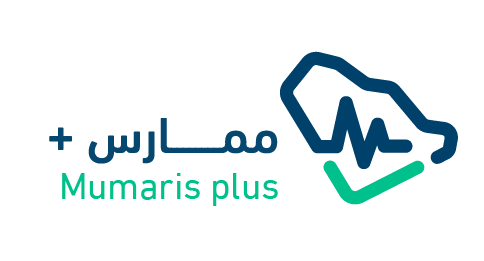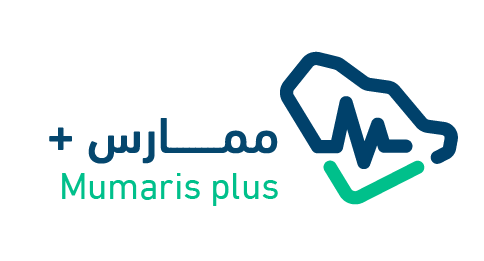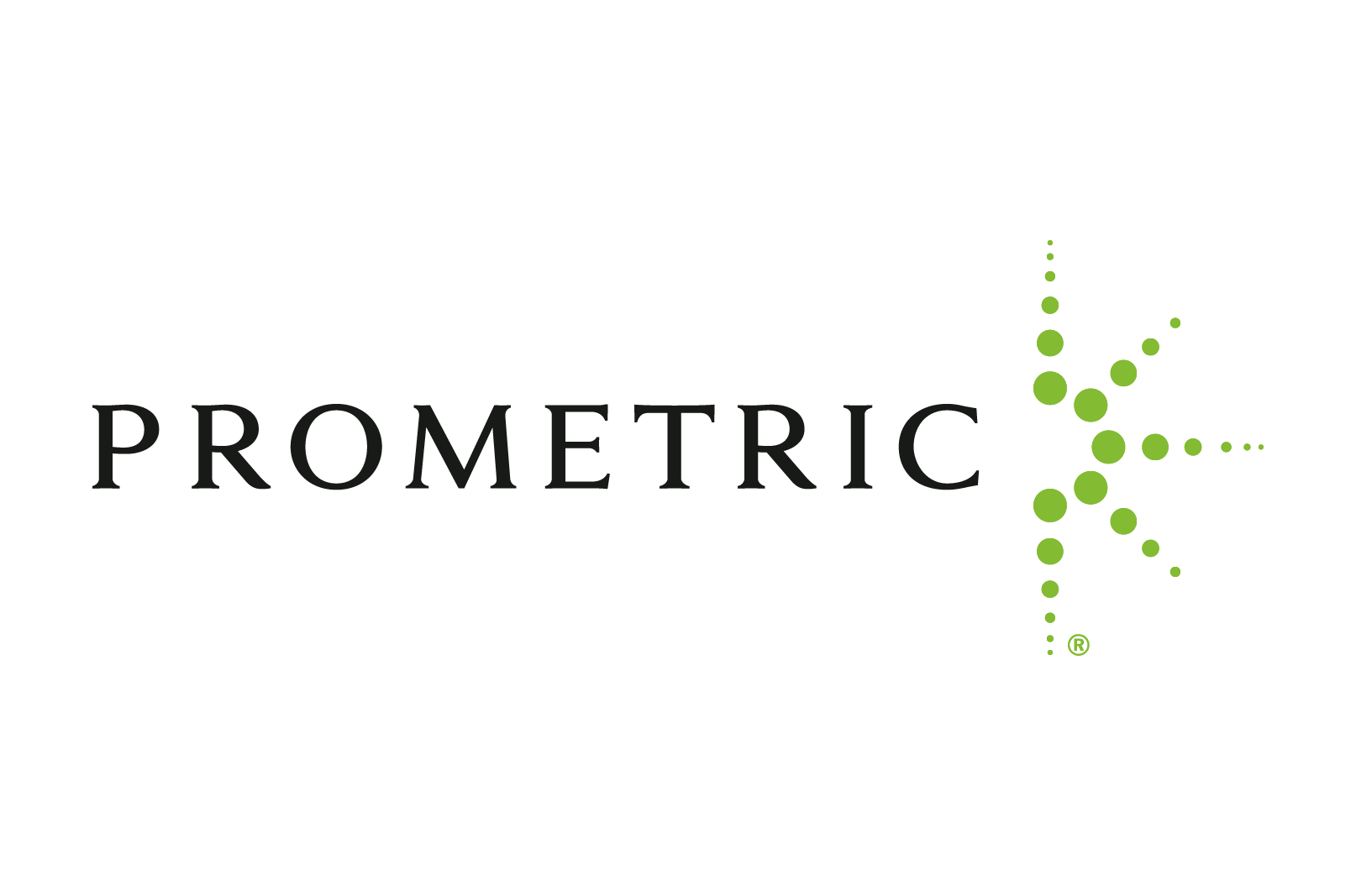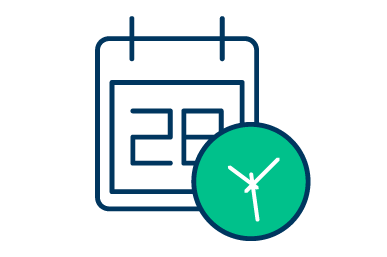Help us develop our services
How satisfied are you with the services provided on the portal of the Saudi Commission for Health Specialties?
About Mumaris Plus
Mumaris Plus is the unified portal for the services of the Saudi Commission for Health Specialties (SCFHS) for health practitioners in the Kingdom of Saudi Arabia. Through the Mumaris Plus portal,
practitioners can apply for all of the following services: You can apply and view the requirements and fees by clicking on the service

Professional Classification and Registration Requirements
The SCFHS has set several criteria in which accuracy and objectivity in evaluating the previous(training) and subsequent(experience)professional experience were considered, for obtaining certificates and vocational training, and for professionally evaluating the capabilities of their holders and classifying them accordingly
would you like to receive help accessing professional classification and registration requirements?
Specializations Description
It is a brief indicative description that helps in defining the minimum requirements and basic competencies required for the purposes of professional classification and registration in order to clarify SCFHS's services to all beneficiary categories.
Specialization Description Cards will be reviewed periodically to ensure that they are updated according to global and local changes in the health field, and we are pleased to receive the contributions of specialists in this review through submitting feedback or participating in the periodic review workshops through this link
* Subject to terms and conditions
A specialty concerned with handling the diagnosis, treatment, and prevention of ophthalmological and optical system diseases. This also includes all therapeutic, surgical, and non-surgical interventions for optical system correction and maintenance of vision.
Theoretical, practical, and procedural knowledge of the following:
- Diagnosis, assessment, and making a complete treatment plan including reviews and instructions of any ophthalmological diseases.
- Providing urgent care for emergency cases of ophthalmological diseases including eye injuries.
- Diagnosis and treatment of ophthalmological diseases of pediatrics including hereditary and congenital optic neuropathy (LOHN).
- Surgical skills and using laser in surgery and treatment of optical system disorders.
- Diagnosis and treatment of all cases of ophthalmitis.
- Maintenance of vision, including control of chronic diseases such as hypertension and diabetes.
Obtaining, after bachelor of medicine and surgery, a qualification or a clinical training program specialized for physicians that is not less than 24 months. It should also fulfill the minimum acceptable limit of practicing the specialty according to the standards and regulations of the commission at the time of submitting the professional registration application.
A specialty concerned with the diagnosis and treatment of otorhinological, upper GIT and respiratory diseases and injuries, in addition to diseases related to the head, face and neck that are surgical and non-surgical for different age groups.
Theoretical, practical, and procedural knowledge of the following:
- Diagnosis and treatment of upper respiratory tract diseases and injuries.
- Diagnosis and treatment of head and neck tumors of all kinds.
- Diagnosis and treatment of diseases and injuries of head and skull base air sinuses.
- Diagnosis and treatment of diseases and injuries of external ear, middle ear, and internal ear.
- Laryngeal, vocal, and swallowing diseases and injuries.
- Performing diagnostic endoscopes of the upper respiratory system.
- Basic skills in Otorhinolaryngological, head, and neck surgery.
Obtaining, after bachelor of medicine and surgery, a qualification or a clinical training program specialized for physicians that is not less than 24 months. It should also fulfill the minimum acceptable limit of practicing the specialty according to the standards and regulations of the commission at the time of submitting the professional registration application.
A specialty concerned with cases that involve the musculoskeletal system. Orthopedic surgeons use both surgical and non-surgical methods to treat muscular and skeletal injuries, vertebral column diseases, sports injuries, and congenital malformations.
Theoretical, practical, and procedural knowledge of the following:
- Diagnosis, assessment, and making complete treatment plans for orthopedic diseases of all age groups including pediatrics.
- Basic skills in orthopedic surgery.
- Therapeutic guidelines of accidents and injuries assessment.
- Basic sciences of skeletal tumors, their causes, methods of assessment, treatment options and follow-up. It also includes taking biopsies, etc.
- Diagnosis and treatment of congenital malformations of musculoskeletal system.
- Diagnosis and treatment of vertebral column injuries, sports injuries and fractures, etc.
Obtaining, after bachelor of medicine and surgery, a qualification or a clinical training program specialized for physicians that is not less than 36 months. It should also fulfill the minimum acceptable limit of practicing the specialty according to the standards and regulations of the commission at the time of submitting the professional registration application.
A specialty concerned with diseases of GIT organs within the abdomen. This also includes treatment of critical surgical cases, surgical and non-surgical cases of accidents related to the gastrointestinal system.
Theoretical, practical, and procedural knowledge of the following:
- Diagnosis, assessment, and making a complete treatment plan including reviews and instructions of any injuries to the gastrointestinal organs.
- Surgical skills essential for critical cases surgeries, whether medical or resulted from accidents and injuries.
- Basic sciences of GIT tumors, their causes, methods of assessment, treatment options and follow-up. It also includes methods of taking biopsies.
- Clinical skills essential for diagnosis such as fluid sampling from the abdomen or taking biopsies from the tissues etc.
- Different treatment options for the organs included in the specialty. This includes not only surgical options, but also non-surgical options.
- Treatment evidence in assessment of accidents and advanced injuries in gastrointestinal system.
- Treatment evidence in treatment of obesity (surgical and non-surgical).
Obtaining, after bachelor of medicine and surgery, a qualification or a clinical training program specialized for physicians that is not less than 36 months. It should also fulfill the minimum acceptable limit of practicing the specialty according to the standards and regulations of the commission at the time of submitting the professional registration application.
A specialty concerned with the diagnosis of colon and rectum disorders and their treatment. It also includes treatment of surgical and non-surgical critical cases and tumors.
Theoretical, practical, and procedural knowledge of the following:
- Diagnosis, assessment, and making a complete treatment plan including reviews and instructions of any injuries to the colon and rectum organs.
- Surgical skills essential for critical cases surgeries, whether medical or resulting from accidents and injuries.
- Basic sciences of colon and rectum tumors, their causes, methods of assessment, treatment options, and follow-up. It also includes clinical skills essential for diagnosis such as fluid sampling from the abdomen or taking biopsies from the tissues etc.
- Different treatment options for the organs included in the specialty. This includes not only surgical but also non-surgical options.
- Therapeutic guidelines in assessment of accidents and advanced injuries in colon and rectum.
- Therapeutic guidelines in treatment of obesity (surgical and non-surgical).
Obtaining, after bachelor of medicine and surgery, a qualification or a clinical training program specialized for physicians that is not less than 36 months. It should also fulfill the minimum acceptable limit of practicing the specialty according to the standards and regulations of the commission at the time of submitting the professional registration application
A specialty concerned with diagnosis and treatment of diseases and injuries of the urogenital system and adrenal glands through surgical and non-surgical methods for different age groups.
Theoretical, practical, and procedural knowledge of the following:
- Treatment of acute and chronic urological diseases and injuries in both sexes through surgical and non-surgical treatments.
- Treatment of male genital system diseases, tumors, and injuries.
- Treatment of congenital malformations and urogenital diseases of pediatrics.
- Basic surgical skills in urology surgeries.
- Treatment of critical cases related to urology through conventional or minor and simple interventional surgery.
- Treatment of male infertility and impotence.
Obtaining, after a bachelor of medicine and surgery, a qualification or a clinical training program specialized for physicians that is not less than 36 months. It should also fulfill the minimum acceptable limit of practicing the specialty according to the standards and regulations of the commission at the time of submitting the professional registration application.
A specialty concerned with the diagnosis and treatment of diseases and injuries of blood vessels (arteries, veins, and lymph vessels) through surgical and non-surgical methods for different age groups.
Theoretical, practical, and procedural knowledge of the following:
- Treatment of acute and chronic vascular diseases in different body parts.
- Treatment of critical cases related to blood vessels that are life-threatening or result in limb ischemia due to amputation, hemorrhage, or obstruction through conventional or minor/ simple interventional surgery.
- Treatment of different vascular diseases using catheter or laser.
- Treatment of chronic limb ischemia through different methods.
- Basic surgical skills for vascular surgeries.
- Diagnostic imaging of blood vessels, reading them and performing therapeutic interventions according to the same.
Obtaining, after bachelor of medicine and surgery, a qualification or a clinical training program specialized for physicians that is not less than 36 months. It should also fulfill the minimum acceptable limit of practicing the specialty according to the standards and regulations of the commission at the time of submitting the professional registration application.
A specialty concerned with surgical and non-surgical diagnosis and treatment of cardiac, pericardial, and major vessels diseases and injuries. This includes also injuries of the rib cage, lungs, its pleura, trachea, pharynx, and diaphragm for different age groups.
Theoretical, practical, and procedural knowledge of the following:
- Diagnosis, assessment and making a complete treatment plan including reviews and instructions of any cardiac, chest wall, pulmonary, tracheal, pharyngeal and diaphragmatic diseases and injuries. This includes all cases of coronary arteries, valves, myocardium, pericardium and Aorta.
- Treatment of cardiac diseases through minor surgical intervention or cardiac catheter.
- Treatment of cardiac, rib cage, pulmonary, tracheal, pharyngeal, diaphragmatic and major vessels congenital malformations.
- Basic skills that are necessary for diagnosis such as fluid sampling and taking biopsies.
- Diagnosis and treatment of tumors of lungs, pharynx and the surrounding membranes.
- Reading and interpretation of cardiac and pulmonary radiological diagnostic interventions.
- Respiratory system endoscopes.
Obtaining, after bachelor of medicine and surgery, a qualification or a clinical training program specialized for physicians that is not less than 36 months. It should also fulfill the minimum acceptable limit of practicing the specialty according to the standards and regulations of the commission at the time of submitting the professional registration application.
A specialty concerned with surgical and non-surgical diagnosis and treatment of rib cage, lungs, pleura, mediastinum, trachea, pharynx, and diaphragm for different age groups.
Theoretical, practical, and procedural knowledge of the following:
- Diagnosis and treatment of diseases and injuries of the rib cage, lungs, pleura, mediastinum, trachea, pharynx, and diaphragm.
- Treatment of cases of congenital malformations of the chest wall, lungs, pleura, mediastinum, trachea, pharynx, and diaphragm.
- Tumors of the lungs, pharynx, and the surrounding membranes.
- Respiratory system endoscopes.
- Basic skills in thoracic surgeries.
- Clinical cases essential for diagnosis and treatment such as chest fluid sampling or taking biopsies from the tissues etc.
Obtaining, after bachelor of medicine and surgery, a qualification or a clinical training program specialized for physicians that is not less than 36 months. It should also fulfill the minimum acceptable limit of practicing the specialty according to the standards and regulations of the commission at the time of submitting the professional registration application.
A specialty concerned with the diagnosis and treatment of cardiac, pericardial, and major vessels diseases and injuries through surgical and non-surgical methods for different age groups.
Theoretical, practical, and procedural knowledge of the following:
- Surgical and non-surgical diagnosis and treatment of cardiac diseases (Coronary arteries, valves, myocardium, pericardium, and thoracic Aorta).
- Basics of cardiac diseases treatment through minor surgical intervention or cardiac catheter.
- Treatment of cardiac or major vessels congenital malformations.
- Diagnosis and treatment of different cardiac injuries (arteries, valves, inflammations, tumors, pericarditis, arrhythmias, etc.) and the ability to make a treatment plan in association with other medical specialties that treat cardiac patients.
- Reading and interpretation of cardiac radiological diagnostic interventions and performing therapeutic interventions according to the same.
- Basic surgical skills in cardiac surgeries.
Obtaining, after bachelor of medicine and surgery, a qualification or a clinical training program specialized for physicians that is not less than 36 months. It should also fulfill the minimum acceptable limit of practicing the specialty according to the standards and regulations of the commission at the time of submitting the professional .registration application
Certificate Verification
The process of verifying the authenticity of certificates for all health practitioners holding certificates from outside the Kingdom of Saudi Arabia, by contacting the certificate-issuing body by DataFlow, the international and specialized company. This aims to found a safe health practice that is not flawed by any forgery or falsification or the like, which is considered to be one of the basic criteria for the accreditation of hospitals and health facilities by local and international bodies to have practitioners who are capable of practicing the health profession efficiently and in a safe manner
Continuing Professional Development
Continuing Professional Development enhances the concept of lifelong learning commitment and enabling the practitioner to be responsible for their professional and ethical development towards their career.
Calendar of professional development activities
Exams
Postgraduate Program Exams in SCFHS aim to assess the level of practitioners and develop them to ensure that they can practice their specialty efficiently and competently.

Mumaris e-Services
Rules and Regulations
Frequently Asked Questions
Check Frequently Asked Questions About Practitioner





